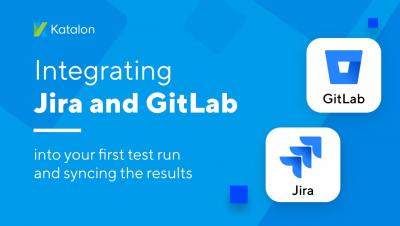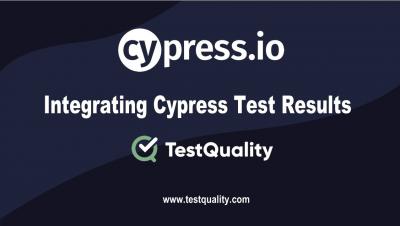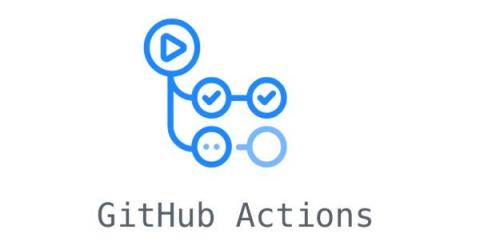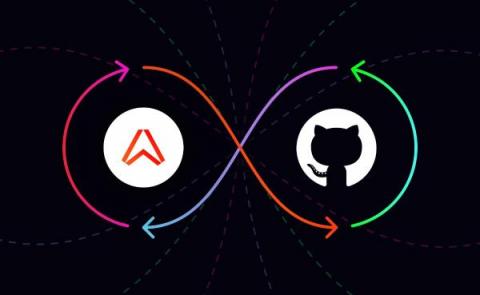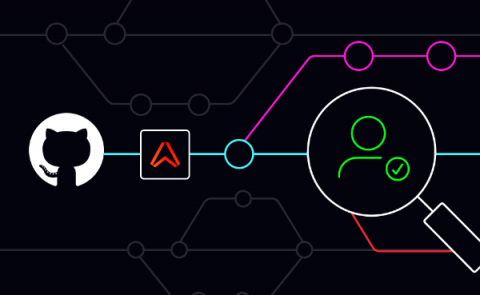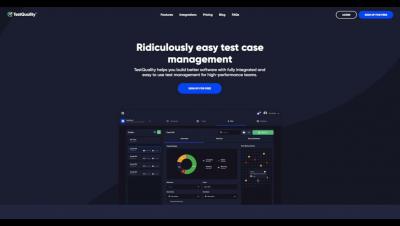Systems | Development | Analytics | API | Testing
Git
How to Create a Cypress Test Run & Send Cypress Test Results to TestQuality with GitHub Repo Example
For Every Github Action...
On Nov 13, 2019 Github made it’s CI/CD solution GitHub Actions generally available to the world. Since then tens of thousands of shared workflows have been published. It is now the default for most Github projects given how easy it is to integrate with an existing repo. Projects of all sizes have adopted it from our homegrown Terraform module to the Docker Cli. This is why at Speedscale we’ve published a template for how to use Speedscale in conjunction with GitHub Actions.
Infrastructure as Code: Manage apps using the Ably Control API GitHub Action
I'm excited to announce the Ably Control API GitHub Action! With this Action you can create Ably apps and API keys straight from your GitHub workflow, ensuring a reliable and repeatable process of creating your cloud infrastructure.
ODSC Webinar: Git Based CI/CD for ML
Conform and monitor...with humanity
Here at Ably we consider software development to be in our DNA. We write and maintain a lot of code, much of it open-source, with full public visibility, and we host and manage it using the GitHub platform. The code is segmented into numerous discrete repositories, each with a specific scope and purpose. We've been using GitHub heavily since Ably was founded in 2016, so we have plenty of history, and we're committed to the platform.
Testquality | Test Management Github Integration Overview
Integrate Performance Tests Into CI/CD Using Github Actions
We have already wrote previously about how you can automate your testing routines without using the graphical interface but by using Loadero API instead. In this blog post we will show how you can integrate performance and load tests into your CI/CD workflows with the help of Github Actions. Github Actions allow you to automate and execute your development workflows directly from your repository which makes the integration very simple.
Logilica becomes GitLab Technology Partner
Today Logilica, a leader in developer-first value stream productivity solutions, announced their Technology Partnership with GitLab. Logilica, who recently presented at GitLab’s global developer conference Commit 2021, invested in strengthening their out-of-the-box integration for all GitLab users on all tiers.
Git Flow and Github Checks with Hotfix
Many organizations are using Gitflow as a branching model for their use of Git and Github Checks to monitor their testing of code changes. This article highlights how following the Gitflow process for a Hotfix can produce unexpected results when using Github Checks and explains why this edge case occurs.


